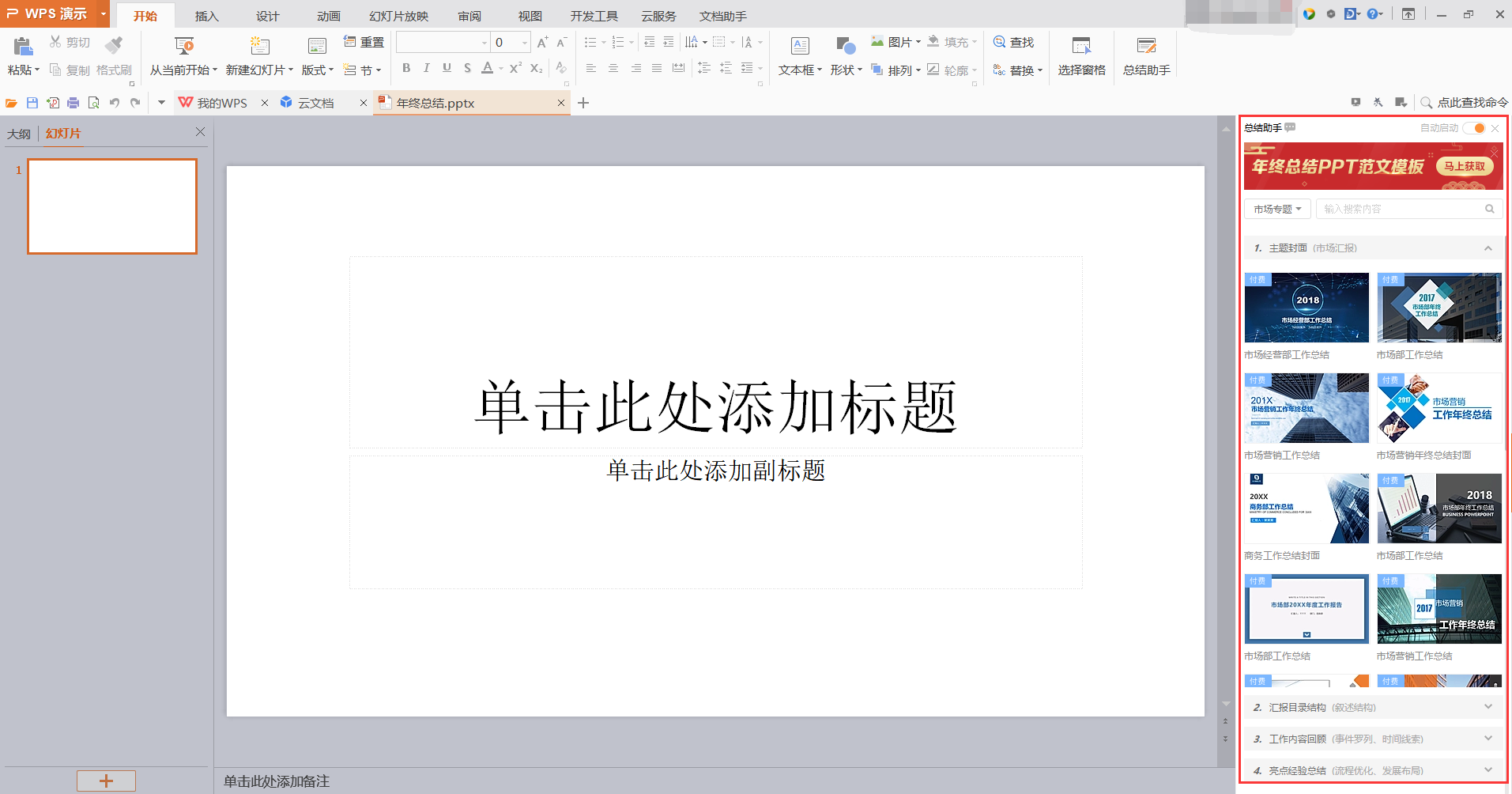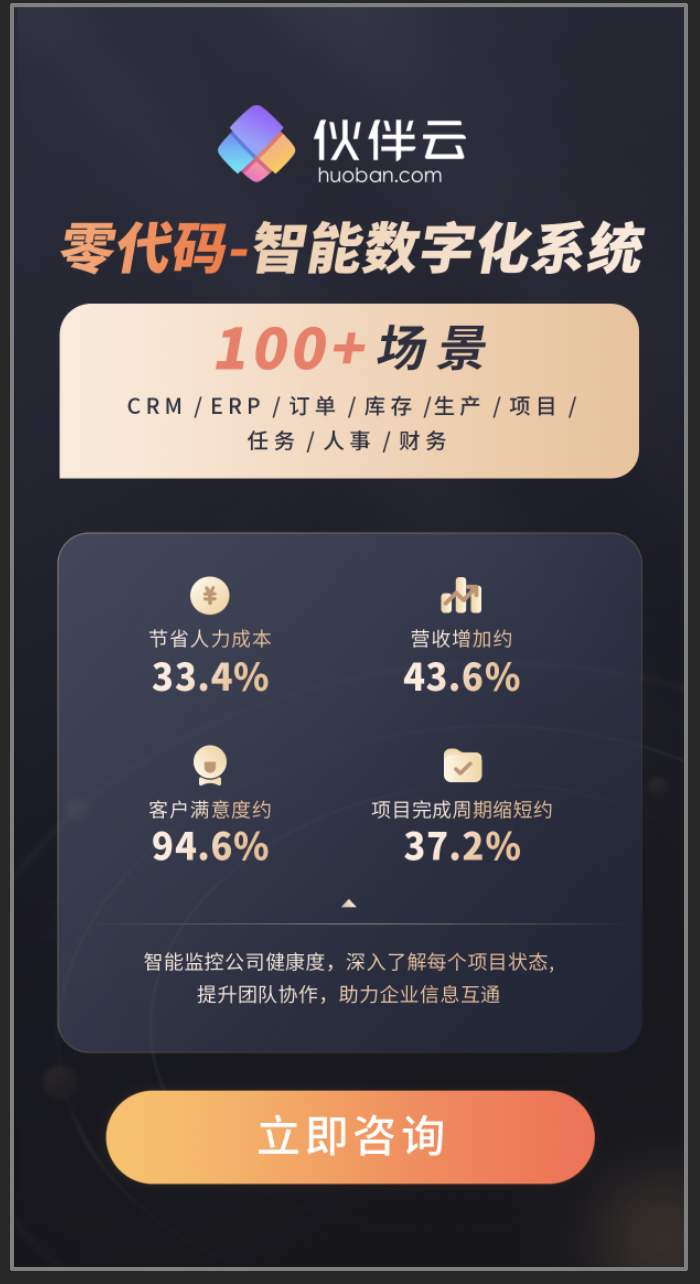
Python装饰器总结,带你几步跨越此坑!
关于诉求
昨天简单聊了下Flask的学习感想,然后分享了一些Flask的学习方式与视频。其中提到在学习Python Web前,请先将python基础及装饰器等知识有一个了解,这样学习起来不至于太过吃力。
然后,今天有朋友私信说对python的类和装饰器不甚了解,希望能讲讲这些知识。关于函数、方法、类,我之前发过一篇文章,就不再赘述了。其实去年详细总结过一篇关于Python装饰器的文章,只不过是在公司博客写的,没办法复制出来,所以今天就这之前的知识做一个总结和复习吧。
引子
谈及python装饰器,很多人第一时间想到的是@这个符号。在方法上一行加上@decorator就行了。但很多人看着都会、一用就跪,而且很多时候,我们都不知道什么场景下适合使用装饰器。那么今天就带大家一步步了解装饰器的使用吧
装饰器(Decorator)是python的一个重要部分,简单来说,他是修改其他函数功能的函数。

他们有助于让我们的代码更简短,也更Pythonic!
万物皆对象
在Python的世界中,万物皆对象,听起来比较抽象,但其实理解起来很简单,你可以用将任何一个变量、函数、方法、类等等赋值给另一个变量。只有你了解了这些,才能进一步的理解装饰器。
函数赋值
而学习装饰器前,我们先来举一个简单的函数例子:
def hello(name='BreezePython'):
return "say hello to {}".format(name)
hello()
# 'say hello to BreezePython'
hi = hello
hi('tommorow')
# 'say hello to tommorow'
我们首先创建一个hello的函数,然后调用,之后将hello赋值给hi,之后调用hi,完成了相同的操作,也许你觉得这个例子so easy,那就接着往下走。
函数嵌套
当我们在函数中再次定义一个函数是,即完成了一个函数的嵌套操作:
def hello():
print('is hello function...')
def hi():
return 'hi ,nice to meet you!'
def bye():
return 'bye,stranger...'
print(hi())
print(bye())
hello()
output:
is hello function...
hi ,nice to meet you!
bye,stranger...
hi()
output:
Traceback (most recent call last):
File "", line 1, in
NameError: name 'hi' is not defined
上面的例子看到了,函数中可以调用子函数,但如果你直接去调用子函数,则会抛出未定义的异常,那么我们如何调用子函数?
函数中返回函数
让我们由浅入深,先考虑从函数中返回函数
def hello(name=None):
print('is hello function...')
def hi():
return 'hi ,nice to meet you!'
def bye():
return 'bye,stranger...'
if name == 'BreezePython':
return hi
else:
return bye
main = hello('BreezePython')
>>> output: is hello function...
main()
>>> output: 'hi ,nice to meet you!'
初学者可能对python中的小括号有些迷糊,添加小括号与否有什么影响呢?
函数作为参数传递
def child():
return 'is child function...'
def main(func):
print('is main function...')
print(func())
main(child)
output:
>>> is main function...
>>> is child function...
我们新建了一个child函数,然后将child话术传递给main函数,在main函数中调用child函数,达到了将函数作为参数传递的结果。
python闭包
我们先将上面的函数嵌套与传参来进行一下合并:
def main(func):
print('is main function...')
def child():
print('it print before exec func...')
func()
print('it print after exec func...')
return child
def alone():
print("I'm alone function ...")
fix = main(alone)
fix()
output:
>>> is main function...
>>> it print before exec func...
>>> I'm alone function ...
>>> it print after exec func...
通过合并,我们将上面两个例子进行和组装,变成了一个升级版的闭包,很多人会说,什么是闭包呢?其实很简单…
first Decorator
上面的例子中,我们看到了一个闭包与函数传参的例子,那么装饰器是什么?其实就是闭包+函数传参,如果上面的例子你看懂了,那么现在你只需要对代码格式稍作修改,就变成了一个装饰器!
def main(func):
print('is main function...')
def child():
print('it print before exec func...')
func()
print('it print after exec func...')
return child
@main
def alone():
print("I'm alone function ...")
alone()
# output:
>>> is main function...
>>> it print before exec func...
>>> I'm alone function ...
>>> alone
>>> it print after exec func...
我们只是修改了一行代码的格式,就转化成了装饰器,@main就代表func = main(func)
可这样就算完美的装饰器了么?NO….
我们将alone函数稍作变更,即可看出问题所在:
def alone():
print("I'm alone function ...")
print(alone.__name__)
正常情况下,调用alone带引的alone.__name__就是函数名即alone,但如果我们是通过装其实调用后打印呢,结果是什么?相信大家能猜到,是child。child是main函数的内建函数,它重写了我们的函数名,如何解决这个问题呢?
from functools import wraps
# first Decorator
def main(func):
print('is main function...')
@wraps(func)
def child():
print('it print before exec func...')
func()
print('it print after exec func...')
return child
@main
def alone():
print("I'm alone function ...")
print(alone.__name__)
alone()
# output:
>>> is main function...
>>> it print before exec func...
>>> I'm alone function ...
>>> alone
>>> it print after exec func...
我们通过引入functools方法中的wraps,保证了函数名称的原始性
@wraps接受一个函数,进行装饰,并加入了复制函数名称、注释文档、参数列表等功能,这样可以是我们在装饰器里面访问在装饰之前的函数的属性
装饰器实例
装饰器比大量的使用在Flask、Django中,学好了它不管是对于你理解flask的路由,还是之后的代码开发都有很多帮助,那么我们来做个简单的例子,日志打印装饰器:
import time
from functools import wraps
def log_level(level='DEBUG'):
def log_format(func):
@wraps(func)
def format(*args, **kwargs):
logtime = time.strftime('%Y-%m-%d %H:%M:%S', time.localtime())
print("[{}]{}: ".format(level, logtime), end='')
return func(*args, **kwargs)
return format
return log_format
@log_level()
def log1():
print("Hello,Welcome to 清风Python...")
@log_level('ERROR')
def log2():
print("清风Python 是我的公众号...")
log1()
time.sleep(1)
log2()
# output:
>>> [DEBUG]2019-08-20 01:24:23: Hello,Welcome to 清风Python...
>>> [ERROR]2019-08-20 01:24:24: 清风Python 是我的公众号...
类的装饰器
讲了这么多,本来觉得该结束了,可总觉得还差点什么!没错,我们只是讲到了函数的装饰器,那么类的装饰器该如何操作呢?
import time
from functools import wraps
class Logger:
def __init__(self,level='DEBUG'):
self.level = level
def __call__(self, func):
@wraps(func)
def log_format(*args, **kwargs):
log_time = time.strftime('%Y-%m-%d %H:%M:%S', time.localtime())
print("[{}]{}: ".format(self.level, log_time), end='')
return func(*args, **kwargs)
return log_format
@Logger()
def log1():
print("Hello,Welcome to 清风Python...")
@Logger('Error')
def log2():
print("清风Python 是我的公众号...")
log1()
time.sleep(1)
log2()
# output:
>>> [DEBUG]2019-08-20 01:24:23: Hello,Welcome to 清风Python...
>>> [ERROR]2019-08-20 01:24:24: 清风Python 是我的公众号...
今天的装饰器内容就分享到这里吧…
The End
OK,今天的内容就到这里,欢迎大家关注“清风Python”公众号
python
版权声明:本文内容由网络用户投稿,版权归原作者所有,本站不拥有其著作权,亦不承担相应法律责任。如果您发现本站中有涉嫌抄袭或描述失实的内容,请联系我们jiasou666@gmail.com 处理,核实后本网站将在24小时内删除侵权内容。





